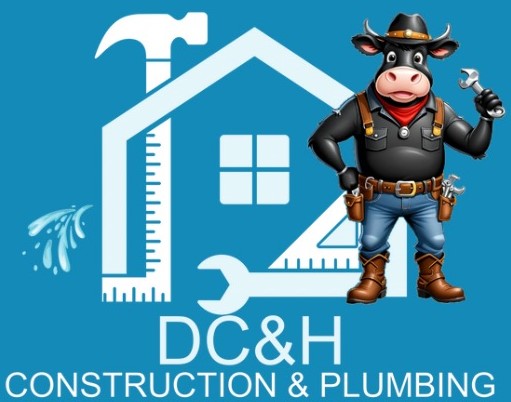First, what is a fiberglass pool. Quite simply the name says it all, a pool made of fiberglass. But why would you possibly want one? They are practical, and offer a wide array of features. As with nearly everything in life not all fiberglass pools are created equally. When researching pool options remember that there are varying quality levels. A primary benefit of fiberglass swimming pools is their high durability, inside and out. The structure and the surface of higher quality fiberglass pools can last many years, provided you properly maintain your pool.
If a fiberglass pool needs to be resurfaced, it is generally only after decades of use.

If you haven’t lived in Texas very long you will learn that it is common for the earth to shift over time, you may be seeing the marge cracks in your yard. This can be a reason for cosmetic or even structural cracks that can appear in concrete pools. Fiberglass is strong and durable, but it also maintains a flexibility that allows it to move with the earth and keep it from cracking as long as it has been backfilled properly.
Fiberglass pools are much better able to resist such damage in shifts and changes
Algae is a common enemy in the fight for a clean and clear pool. The non-porous gelcoat surface on a fiberglass pool is smooth and resistant to algae growth and won’t react negatively to chemicals commonly used to sanitize pool water. This reduces the amount of time you’ll have to spend carefully balancing chemicals, scrubbing down the walls of your pool, or changing a liner. Because the coating is smooth there is no rough spots which could cause skinned knees or scraped feet. They have just enough to keep it slip resistant. Over the lifetime of the pool maintenance overall will be less time consuming and less expansive.

As talked about previously a gunite pool needs a month to cure. A fiberglass pool can often be set up and ready for decking in as little as 3 to 5 days, leaving you plenty of time to enjoy it during the warm summer months.
Once the pool is in the ground and the backfilling process begins, the pool is already being filled with water, speeding up the entire installation process. This leaves everything else around your pool ready to be installed, your decking, any water features or anything else you may have chosen Fiberglass pools arrive ready to install. Now some of the downsides.
There are many fiberglass pool designs, it is impossible to accommodate for every single customer. The ability to select a surface color and add ons is available the same as other pool types, except you will have limited ability to choose a completely custom shape or adjust it to be a specific size and depth. Fiberglass pools are made with molds, so a completely custom shape would require a brand-new mold. It’s cost-prohibitive to both the manufacturer and consumer if completely new pattern molds were built for every single pool.
Fiberglass pools also tend to have a maximum width. While theoretically, you could make a very large fiberglass pool, transporting it is another issue. In order to adhere to shipping laws, prefabricated swimming pools are not recommended to be wider than 16 feet. If you do want a superload-size pool, specific permits must be acquired from government regulatory bodies, further complicating the process. But by keeping a pool underneath 16 feet wide, we are able to ship all over the country in a timely manner.
In the event that the gelcoat on a fiberglass pool needs to be repaired, it can sometimes be difficult to match the exact color. Fiberglass pools will also fade slightly over time, so the repaired areas may slightly different.
If you’re looking to install a pool that is the most cost-effective over time, a fiberglass pool would be the best investment. The additional cost may be outweighed by the longer lifespan and lower long-term maintenance cost of a fiberglass pool, saving the owner money in the long run. This should be factored into the equation when weighing your options.
Dave Flaishans
Project Manager
DC&H Construction
469-474-9555






